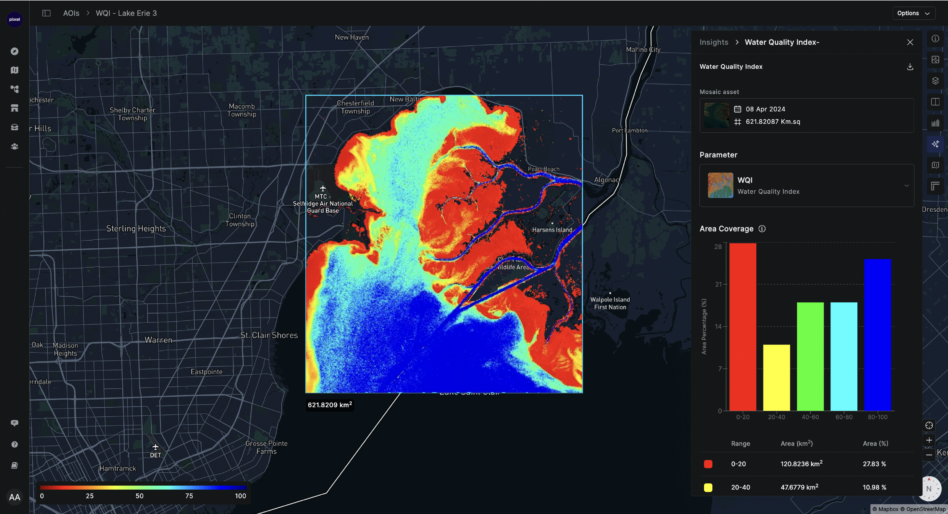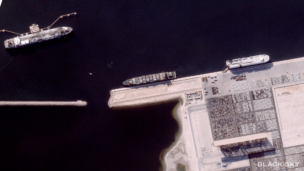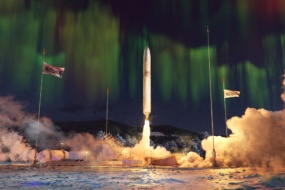Pixxel raised a $24M extension of its Series B funding round, with new capital from M&G Investments and Glade Brook Capital Partners, CEO Awais Ahmed told Payload.
The Indo-US space data company is planning to launch six satellites with high-resolution hyperspectral sensors on the next SpaceX Transporter mission, expected in early 2025. Six more will follow on a subsequent SpaceX rideshare later in the year. Pixxel has been operating three demo satellites since 2022 to develop its technology.
If you build it… Ahmed said he hadn’t been hunting for new funding but seized the opportunity after investors expressed an interest in backing his company. That’s why this is an extension of the company’s 2023 Series B, not a new round: Pixxel is still waiting on its operational constellation, with Transporter-12 originally scheduled for October 2024.
The influx of cash will give the firm more runway as it starts to build its initial 18-bird constellation, analytical models for its data, and satellites for outside customers, with a goal of being cash-flow positive by the end of 2025, Ahmed said.
Data cubes: Hyperspectral is the marketing term for sensors that use spectrometers to collect data from across the bulk of the electromagnetic spectrum. That data offers far more detail than optical wavelength remote-sensing, but space hyperspectral sensors are only now being commercialized.
Pixxel’s spacecraft capture 150 wavelengths at 5-m resolution in a 40-km swath, compared to Planet’s recently-launched Tanager satellite, which collects more spectral data, across 400 bands, but at a lower 30-m resolution and 18-km swath.
Dual use: Bengaluru-based Pixxel is building modular remote-sensing satellites based on its proprietary spacecraft after winning a development contract with the Indian Air Force in June.




